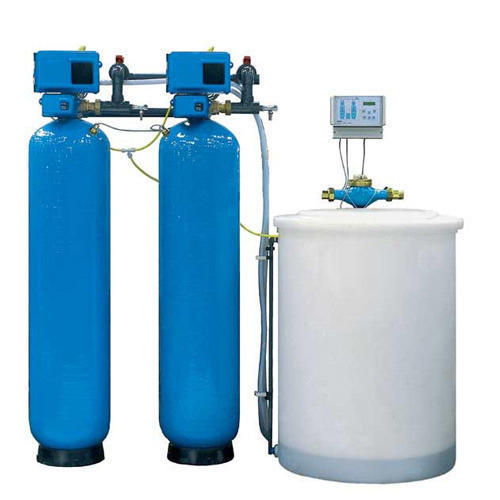A magnetic field sensor, also referred to as a Hall Effect sensor, is a type of transducer that responds to a magnetic field by varying its voltage output. These sensors are used in a wide range of applications including positioning and speed detection, different sensing applications, and proximity switching. This sensor was dubbed the Hall Effect sensor in 1879 when physicist Edwin Hall discovered the Hall Effect principle. This principle proved that a certain voltage can be measured at right angles to a path produced by a conductor or semiconductor current flowing in one direction as it is introduced perpendicular to a magnetic field.
Magnetic Field Sensor Operation
The sensor generally operates as an analogue transducer which directly returns a voltage. Its distance from the Hall plate can be determined simply with a known magnetic field by using groups of sensors to deduce the relative position of the magnet.
A Hall sensor is used to measure a current of electricity being carried through a conductor which produces a magnetic field whose currents vary, all without interrupting the circuit. The sensor is usually integrated with permanent or wound core magnet surrounding the conductor to gather an accurate measurement without any interruption.
The magnetic field sensor is a device which is produced in a very wide range of differing sensitivities, output types, and configurations. The two different main types are analogue and digital. They also fall under two main categories:
* Oriented sensors require orientation specific to the target’s direction of travel.
* Non-oriented sensors that do not require orientation specific to the target’s direction of travel. This type, however, generally has a poorer quality of performance when used with targets of a finer pitch.
Common Applications
These sensors are used in short range applications due to their limited maximum sensing distance and their drag when being used with internal magnetics. Still, they remain an integral part of many technological applications.
When a magnetic field sensor is combined with certain circuitry, it may be called a switch. In this configuration, the circuitry allows the device to perform in a digital on/off mode. Common industrial applications in consumer equipment include computer printers and keyboards. In computer printers they are an essential factor in detecting open covers or missing paper in paper trays.
Outside of the consumer technological industries, magnetic field sensors are commonly used in the automotive industry to time the speed of such components as wheels and shafts. They are also widely used in the timing of internal combustion engine ignition and anti-lock brake systems as well as tachometers. In brushless DC electric motors they are used in detecting the permanent magnet’s position. The same arrangement is also used to regulate disc drive speeds.






